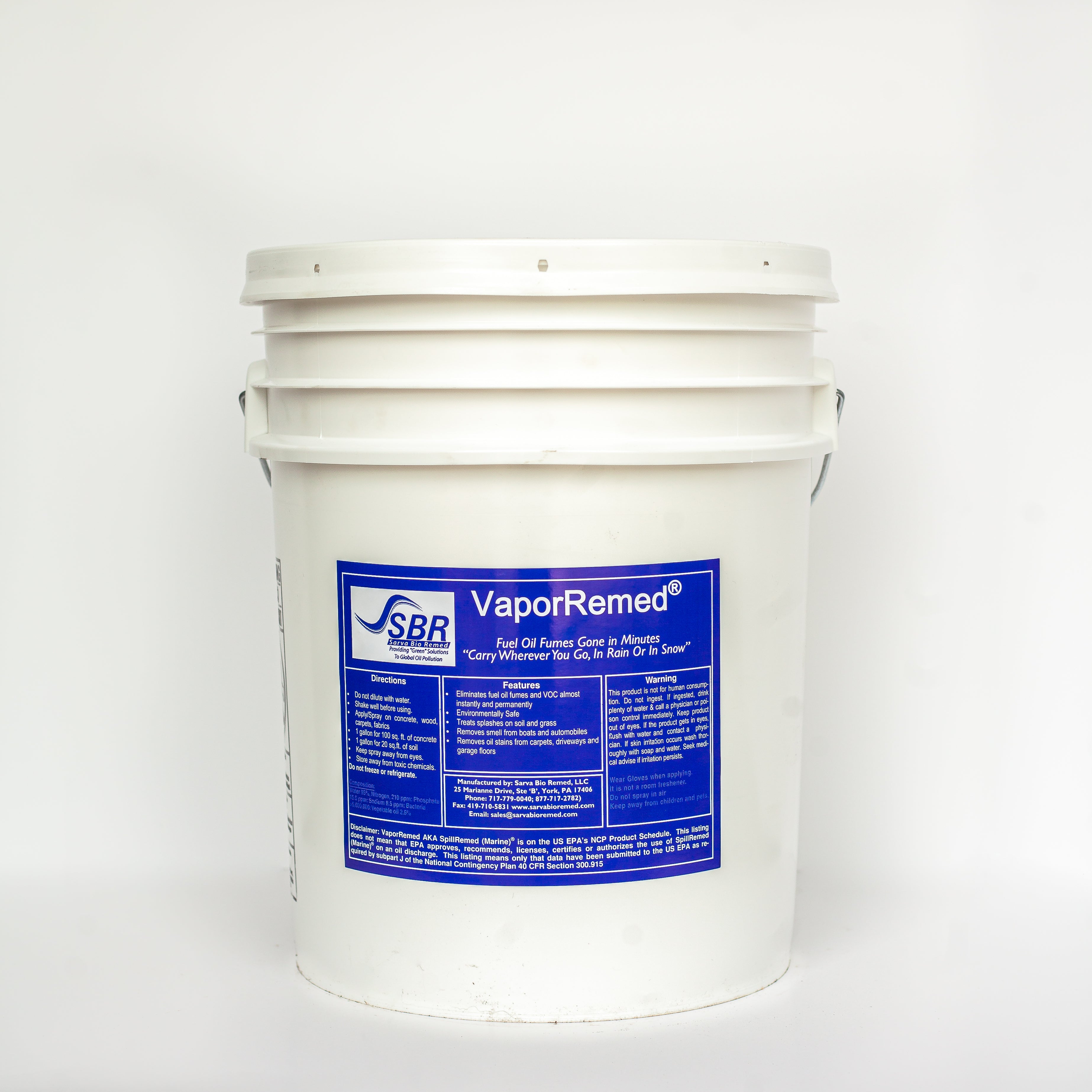News
VaporRemed: Down the memory lane: Case Study 5.
Mitigation of vapor intrusion after release of heating oil at a residence in Virginia using VaporRemed.
VaporRemed: Down the Memory Lane 20 years Ago: Case Study 3: A DIY Solution
VaporRemed is a Do-it-Yourself product and has many homeowners appreciated the same. Here the customer is from Long Island, NY.
Down The Memory Lane: VaporRemed 20 years Ago (2)
We applied VaporRemed to the excavation and within minutes the fumes began to dissipate. Soon the homeowners were back in their home and I could sleep peacefully again.”
Down the Memory Lane: VaporRemed 20 years ago
During replacement of oil furnace by an HVAC contractor in Ohio, there was an accidental release of almost 250 gallons of No. 2 heating oil in the basement. The oil seeped below the concrete surface and the smell of heating oil fumes was so strong that the home owner was advised by the doctor and was relocated in a hotel free from the fumes of heating that caused chemical burn of throat. VaporRemed saved the day.
RESTORATION OF AN ABANDONED GAS STATION IN NEW JERSEY USING BIOREMEDIATION: A CASE STUDY
The site was a former gas station that was not dispensing since 1989, however, since at least two of the gas tanks were corroded may have contributed to the contamination in and around the site. The site received a UURAO at less than $33,000.00 per tank.



